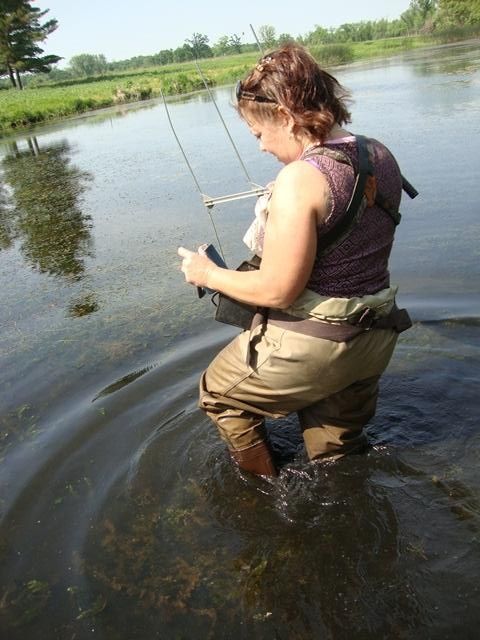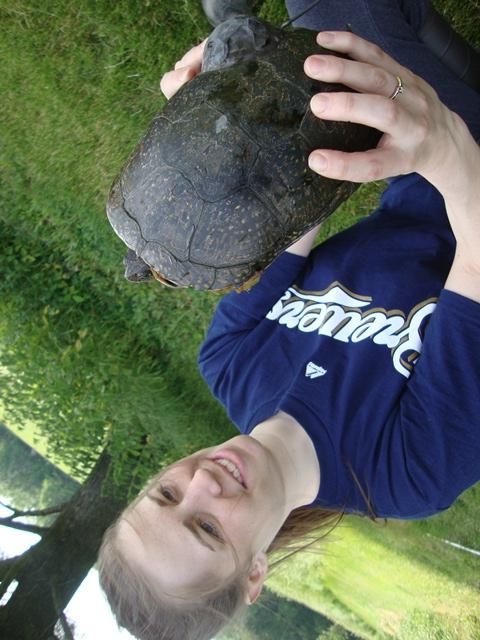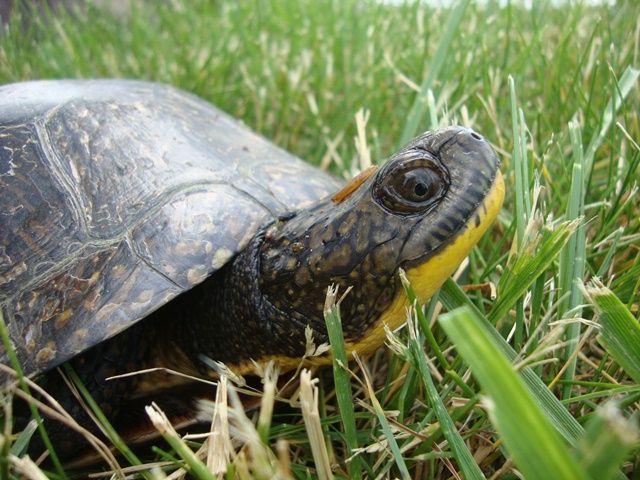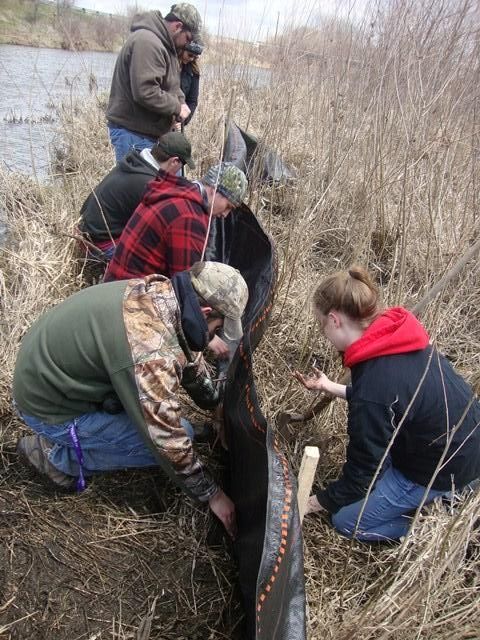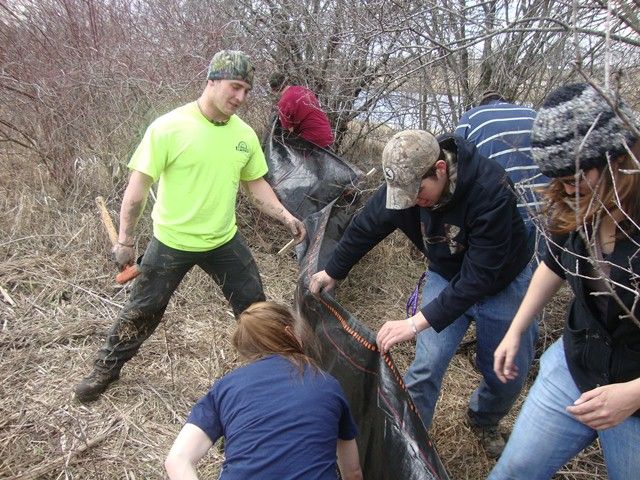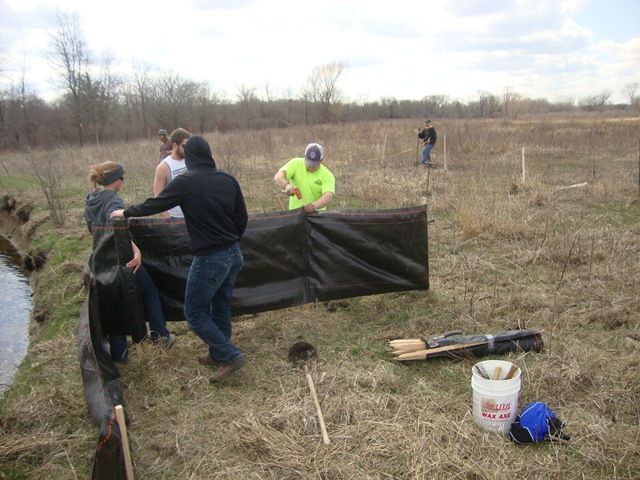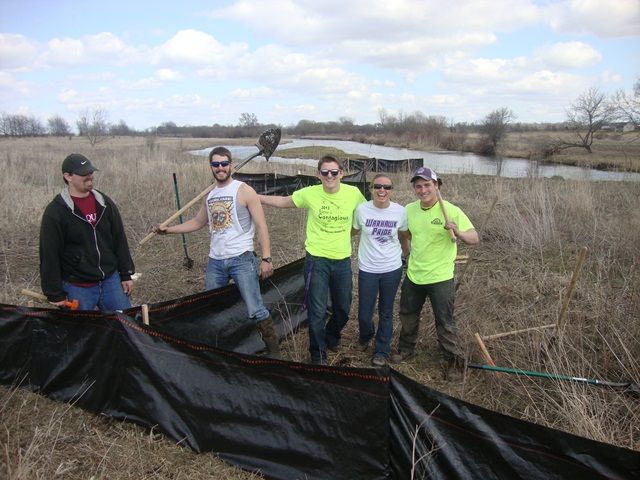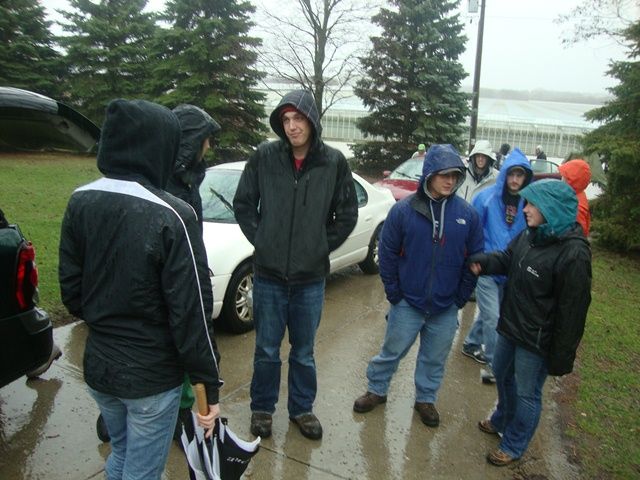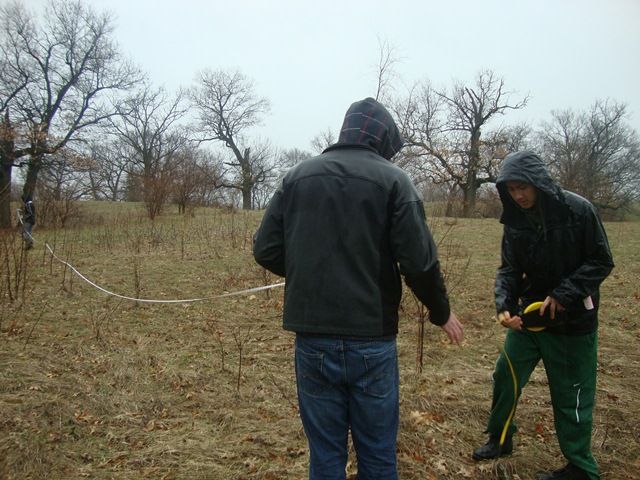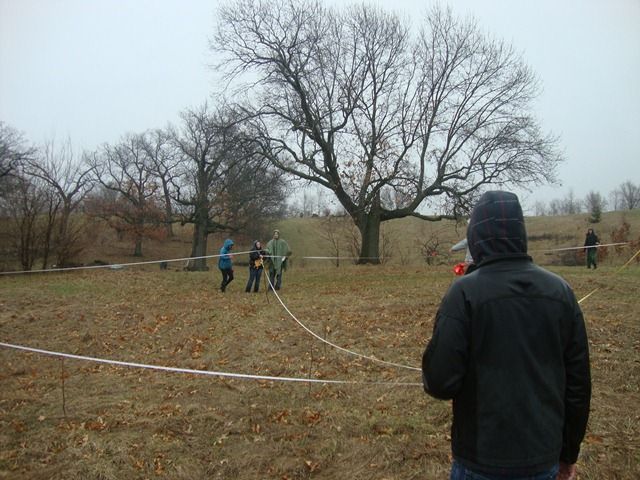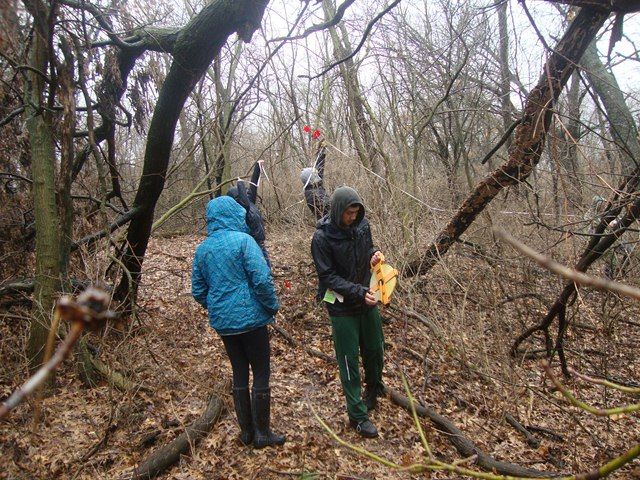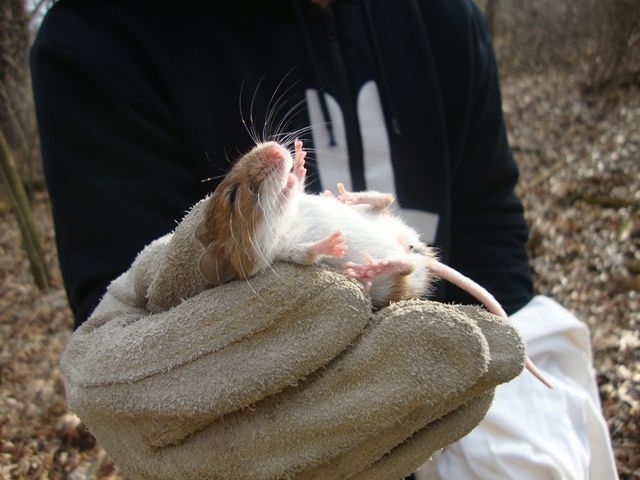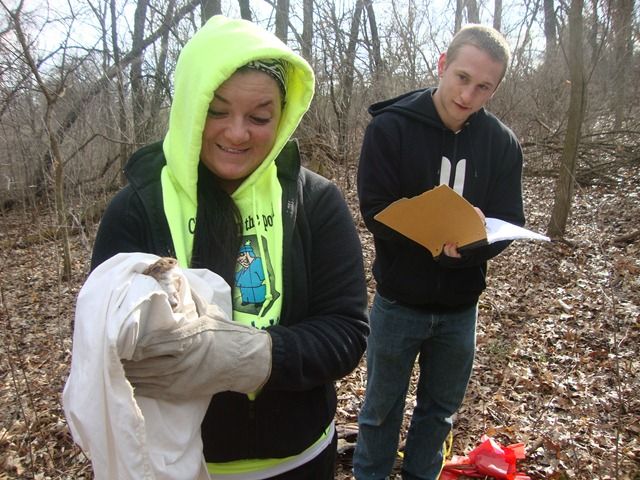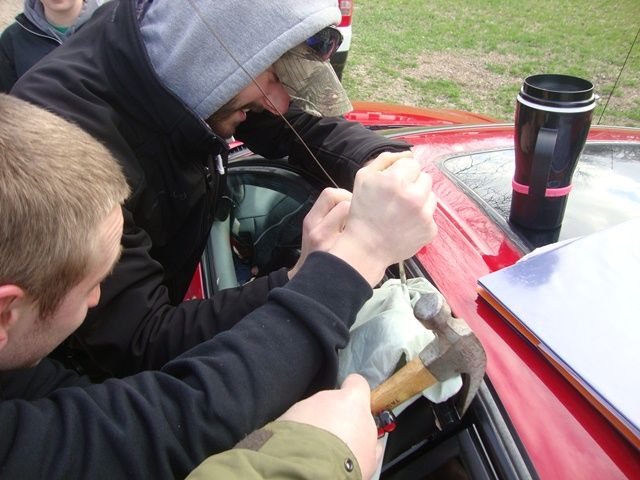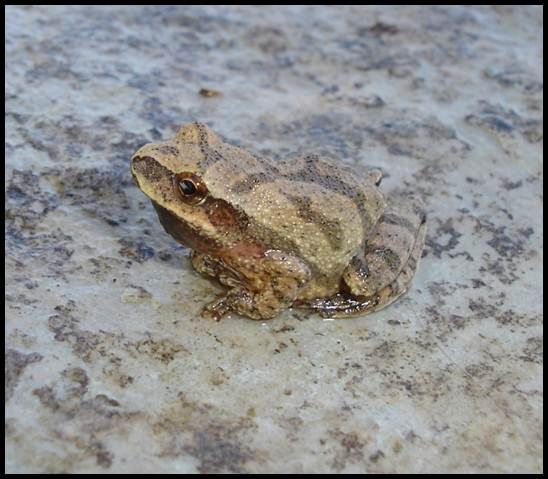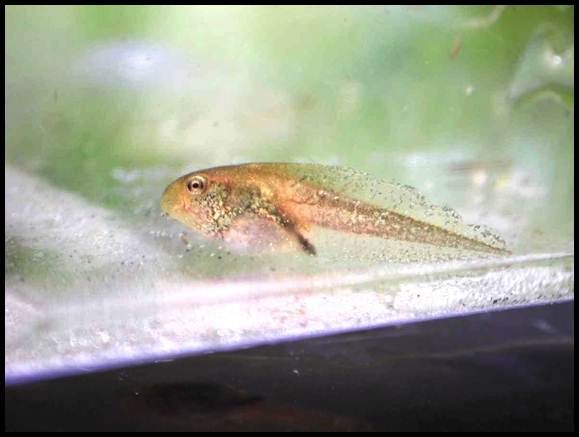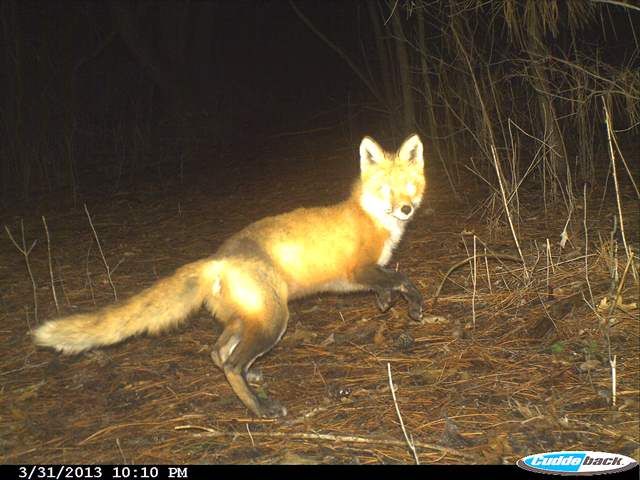We're also getting to that crazy crunch time in the semester. A constant string of grading and gearing up for finals.
This summer will be hectic, to say the least.
One camera trap project that has been ongoing for a year will terminate at the beginning of May. And this will be replaced with a slew of new projects (all involving undergraduate researchers) that I will oversee and have to bounce around in-between all summer.
A second camera trap project will continue for another year. One of my research students will take this one over for the summer (I usually do it, but it would be perfect for him).
I have one student who will continue wolf research that was started this last winter.
I also have two new herp-related projects starting....
1) A radio telemetry study involving Blanding's Turtles (Emydoidea blandingi)....you can see some photos below from the prep work for this project that started LAST spring. I have three students involved in that project.
In a single afternoon we installed all of the fencing for one of three study sites. Hopefully we get the other two sites done in the next week and we can start catching "stuff". :)
I also was "mean" enough to force my Advanced Ecology students to measure out a small mammal trapping grid as part of a class exercise, just like last year.
Yet, this year we did our work in the middle of a down-pour......
Rodents were more than willing to take advantage of the peanut butter and oats we provided. These are a Peromyscus sp., I always call them White-Footed Mice (P. leucopus), but they could just as easily be Deer Mice (P. maniculatus).
Then...of course....one of the students locked their keys in the car. Luckily some of the others knew how to solve this problem (because they had locked their own keys in their cars at one point :) ).
More to come when I get a chance to breathe!
